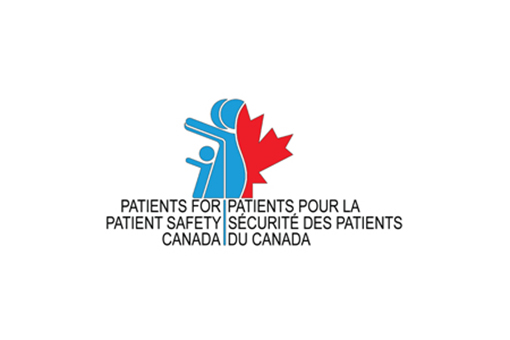Baby Sophia helped create policy change
March 27, 2013
Little Sophia Maron never lived outside her mother’s womb.
She was but 18 weeks old when her mom, Tania, delivered the stillborn girl into a place of confusion, fear and bureaucratic technicality.
Hospital policy was that any baby under 20 weeks wasn’t human. Yet Sophia’s legacy is all too human and speaks to the true nature of humanity.
Sophia’s story began with her mom experiencing an apparently normal and healthy pregnancy. A routine doctor’s visit at 18 weeks shattered Tania. The baby had no heartbeat.
Tania was given a prescription for a labour-inducing drug, Cytotec. The doctor assured Tania he’d be there to provide the support to make her as comfortable as possible.
He provided a note for hospital staff to call him when Tania arrived. So she inserted the Cytotec and after five hours of pain and bleeding went with her husband Oliver to the local hospital.
She and Oliver were placed in a room off the E.R. — Tania inserted more Cytotec — and the hospital called her doctor.
“Not only did he not come, but it took three hours to get a return phone call,” says Tania.
But because he’d given the hospital instructions, no on-duty doctor was assigned. Tania, therefore, wasn’t given any medication or intravenous fluids.
Even worse, emergency room nurses didn’t seem to know what to do with Tania. They delivered a laundry hamper and stack of towels.
“We were told to just clean up our own blood and mess,” says Tania. “We were told not to bleed on the floor.”
Every 30 minutes or so, Oliver would get more towels. He pleaded for help, but staff were waiting for Tania’s obstetrician. Oliver was told that Tania took the Cytotec off-site, so her care was not hospital responsibility.
“I was incredibly dehydrated from blood loss,” says Tania. “It sounds melodramatic, but we were afraid I would die as well. The blood was terrifying. I was feeling incredibly light-headed.”
A young nurse, new to the profession, was compassionate but caught between Tania’s agony and the attitudes of more senior staff. She would later file a complaint against colleagues and was offered trauma counseling, as well as Tania’s blessing.
Sophia finally delivered and a senior nurse arrived. She tugged on the umbilical cord.
“It’s still alive — it’s moving,” said the senior nurse, who upon realizing her mistake, threw a towel over Sophia.
Tania was taken for a D-and-C. Afterwards, she asked that Sophia’s body be turned over for cremation. She was told it wasn’t hospital policy and that stillborn babies under 20 weeks were treated as medical waste.
Tania, who now wears a locket with Sophia’s ashes inside, won that battle. And she’s won many more.
“When you lose a baby you lose part of you — you lose the dreams you have for the baby,” says Tania. “It should not be judged as anything less than a loss and have other people’s support and compassion.”
Tania approached the hospital to ensure they remembered her case, and in the hope of changing policy.
The key was that she didn’t go in fighting and instead pitched the idea of making the hospital a model of care for stillbirth deliveries.
Now, all women given Cytotec will be treated in the labour-and-delivery ward of the hospital, if they choose. A grief and loss pamphlet is now available for families suffering these losses.
Parents of a stillborn baby in the second trimester will also be given the option for cremation. Tania was also asked to sit on a new Perinatal Bereavement Committee at the hospital.
Her advocacy, including work with the Canadian Patient Safety Institute, has been healing, says Tania.
The changes at her local hospital, Tania hopes, will spread across Canada. Sophia’s legacy is in teaching all of us to be a bit more human.
“Sophia has already had a huge impact,” says her mom. “She will always be important.”
Although Sophia’s life ended before it began, her message that everyone deserves safe care is still being heard.

Want to read more?
